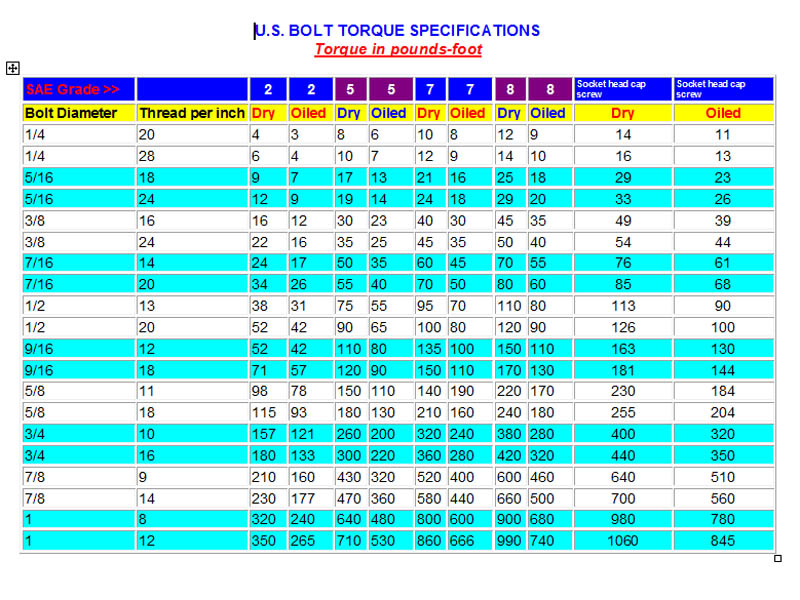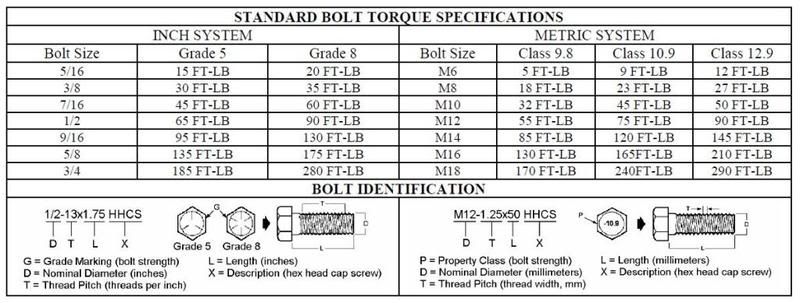RossKean
Well-known member
Crush washer, what's that? Are you supposed to change them? I am running the originals that came with the bike (108,000 miles). Never leaked a drop, never any stripped thread drama, never loosened up on me, never used a torque wrench on oil plug. No reason (yet) to change this practice.



































